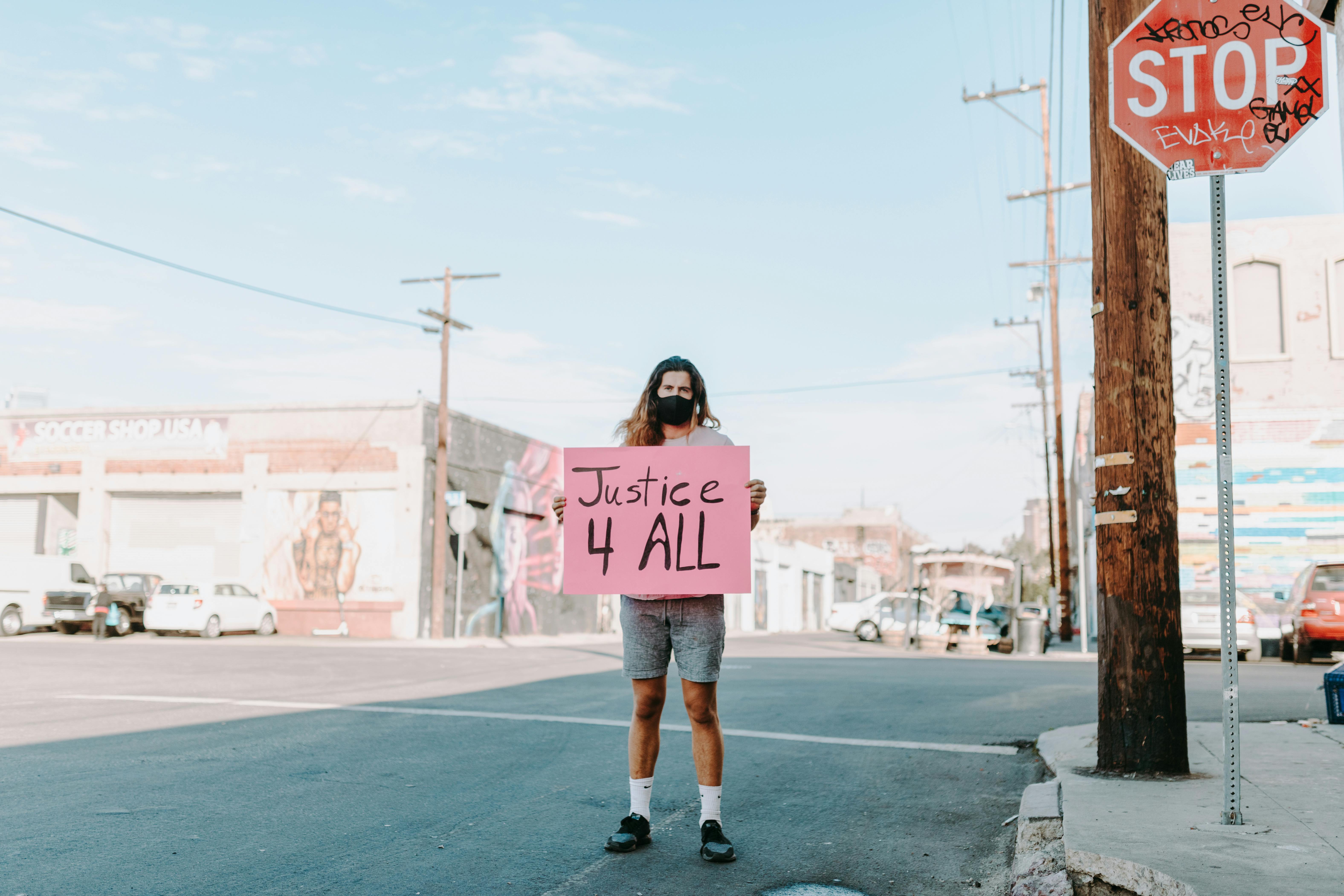On November 30, 1993, President William Jefferson Clinton signed a bill that is commonly known today as the Brady Project. The passage and signing of the bill was a response to the attempted assassination of President Ronald Reagan 12 years earlier, on March 30, 1981. Fortunately, President Reagan was saved from death, but his aide James Brady was the one who received shot and paralyzed from the shooting. Before the shooting of President Reagan and Brady, there was already a law prohibiting the use and ownership of weapons. This law was signed by President Lyndon Johnson and became known as the Gun Control Act of 1968. But the 1968 law was limited to determining whether a particular person can possess a gun in the circumstances provided by law. It was only in 1993 when the Brady Gun Violence Prevention Act was enacted that mandated government agencies can determine whether a particular person has the legal capacity to own and carry guns. The Brady Bill uses a background check system (known to many as the Brady Background Check System) to find out a person’s ability to possess and carry weapons. The theory that a person’s past conviction for a crime is an effective indicator that a person is not in good faith to possess a weapon is the premise used by the legislators / authors of this bill.
The Brady Act has been widely accepted by Americans because of its primary goal of reducing the causes of violence and crime using firearms as a major assault weapon. Although there had previously been criticism of the law as being an extreme mandate or rights violator, the law remained active even to date. Factions in American society continually protested the Brady Bill. These factions are the ones that advocate the possession of weapons in the country. These people do not claim in particular that the law is unconstitutional, but rather that it contains loopholes.
In 1998, 5 years after then-President Clinton signed the bill, the background check was facilitated. In the first five years of the bill’s implementation, government agencies delegated to do the background check would require the applicant to wait 3-5 business days before the result of the background check is released. In 1998, the government used a system that uses computer databases to speed up the background search process. The system was called NICS or National Instant Criminal Background Check System.
The attacks on US soil on September 11, 2001 paved the way for the government to focus more on international threats than domestic violence. The Brady bill was somewhat overshadowed by the administration and gun ownership was indirectly promoted for the primary reason to defend one’s life in times of terror. The background check has been lax from then until now if one is going to buy a gun. However, this changed after Senator Barack Obama’s election to the presidency four weeks before the 15th anniversary of the Brady Act. Speculation about Obama’s intervention to regulate gun ownership had surfaced on the Internet. Reports claim that since the beginning of the election campaign, and with the expectation of Obama’s victory, American gun owners had set out to buy all the possible weapons they could buy to avoid the supposedly strict law that Obama would implement at the time. in which to sit. to the Oval Office. This resulted in an increase in arms sales in the country, according to reports.
Today, the Brady Bill is still active and there is no concrete evidence that Obama will implement policies that restrict and toughen gun ownership laws. In fact, on national television weeks before his inauguration, the president-elect promised that he will not take away the right of every American to own a gun.
